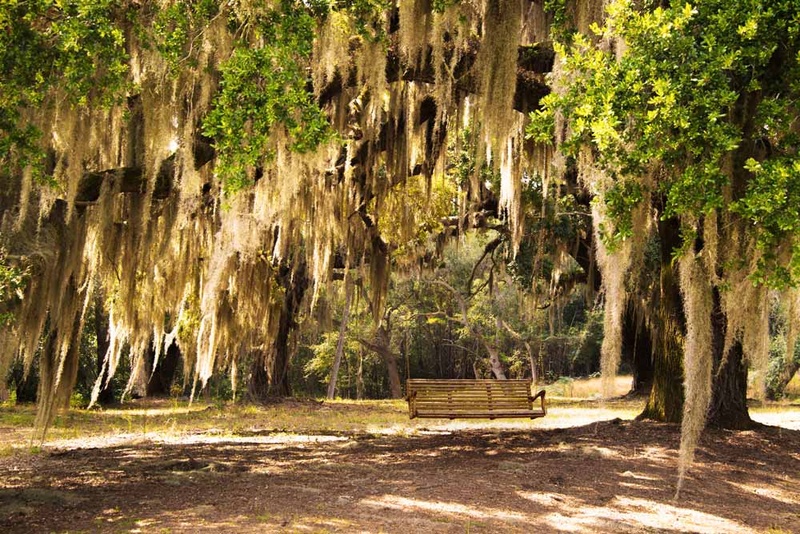
Spanish Moss: Fact and Fiction
Spanish moss grows throughout Florida and the southeast United States. Contrary to common belief, it does not harm trees and generally does not need to be removed. It provides cover for insects and small animals and today is used mostly for mulch and craft materials.
At Floralawn, we’re often asked questions about Spanish moss. Does it kill trees? Is its presence a sign that a tree is sick? Is it full of bugs? Should I hire someone to remove it?
It’s Moss That Isn’t Moss
First, Spanish moss is not moss at all. It’s an epiphyte—a plant that grows on other plants and receives nutrients and moisture through air and sunshine as well as through mineral-rich water that runs down branches and leaves.
Spanish moss is technically a bromeliad. And while it doesn’t look like the typical bromeliad or like a pineapple or a succulent, it occupies the same taxonomic family (pertaining to biological classifications) as the above.
How It Grows
Spanish moss does not anchor itself to a tree with roots. Instead it depends on its draping/hanging growth habit to stay on the tree, as well as its minute scales called trichomes that grow from its leaves and provide some clinging ability. When the scales on Spanish moss leaves take in water and enlarge, the plant can appear green. Otherwise it looks gray.
The bottom line is that Spanish moss isn’t bad for trees. It does not kill trees or contribute to their decline. There is no need to remove it. Even its weight is generally a non-issue because it is not enough to impact a tree. A limb festooned with Spanish moss that breaks off was most likely already compromised and would have broken off with or without the moss.
The only reason to remove Spanish moss is in cases where its growth is so thick that it is blocking sunlight from reaching the leaves of the host tree.
Spanish moss prefers climates with high heat and humidity. It thrives in locations with at least 300 frost-free days per year. Thus, it’s commonly found growing in the southeast United States, up into Virginia and west into Texas.
Why Spanish?
Spanish moss is in fact not Spanish and has nothing to do with Spain. Early French explorers gave Spanish moss its name. One historian credits Spanish conquistadors’ long beards as French explorers’ inspiration for the name “Spanish beard”—a name that evolved to its current form.
Uses for Spanish Moss
Spanish moss provides a great nesting and breeding location for insects and small animals. Bats rest in its strands during the day. Certain butterflies settle in it at night. Birds use it as nest-building material. Frogs, lizards and snakes find it a source of both food and protection.
Spanish moss has a reputation for harboring red bugs, or chiggers. However, this is a misconception, as red bugs live in the foliage underneath trees.
Humans use Spanish moss, too. In the early 1900s, Spanish moss was processed and used as upholstery stuffing in cars, furniture and mattresses. The outer gray bark was often used as mulch. Today it is mostly used in crafts, decorating, and mulching.
Spanish moss should be heated through in the oven for at least half an hour before use to kill fungus, mold or pests. When used in landscaping for mulching, skip the heating but be careful of snakes when harvesting and spreading it.